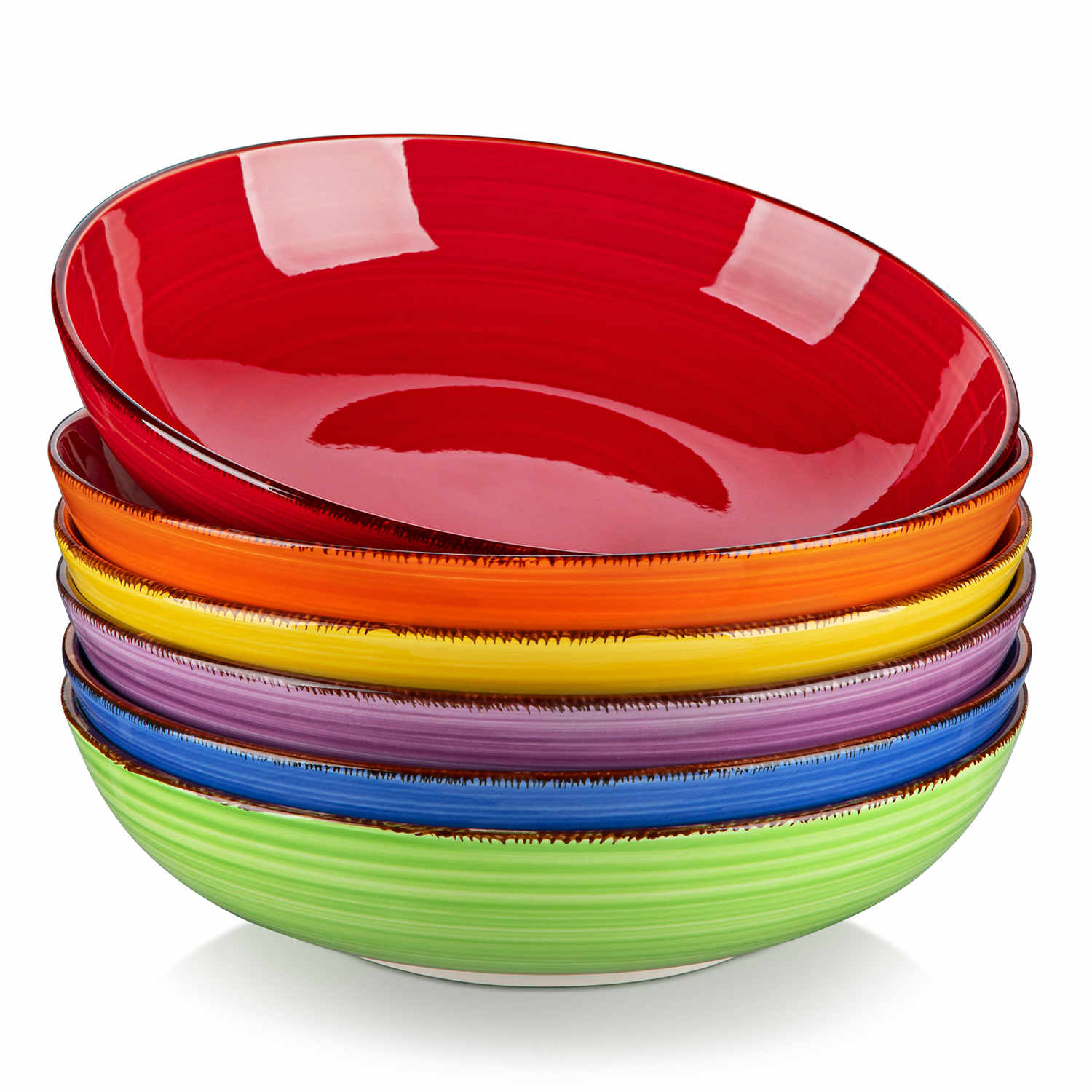Stoneware bowls have captivated artisans and home cooks alike for centuries. Their durability, aesthetic appeal, and versatility make them a staple in kitchens around the world. But what is the history behind these remarkable pieces of tableware? In this article, we will delve into the origins, craftsmanship, and modern applications of stoneware bowls.

Origins of Stoneware Bowls
The history of the stoneware bowl dates back to ancient civilizations. Archaeological evidence suggests that stoneware was first developed in China around 2000 BC. This early pottery was made from clay that was fired at high temperatures, resulting in a dense and durable material. Over time, the technique spread to Europe, where it became particularly popular in Germany and England during the 18th century.
Craftsmanship and Techniques
Creating a stoneware bowl involves a meticulous process that showcases the skill of the potter. The clay is first shaped on a potter's wheel or molded by hand. After shaping, the bowl is fired in a kiln at temperatures exceeding 2,000°F. This high firing temperature not only strengthens the bowl but also gives it a unique finish. Many artisans choose to glaze their stoneware bowls, adding color and texture while enhancing their functionality.
- Durability: Stoneware bowls are known for their strength and resistance to chipping.
- Versatility: They can be used for baking, serving, and even storing food.
- Heat Retention: Stoneware retains heat exceptionally well, making it ideal for serving hot dishes.
Modern Uses of Stoneware Bowls
Today, the stoneware bowl is celebrated not only for its practicality but also for its aesthetic appeal. Many contemporary designers incorporate stoneware into their collections, offering a range of styles that suit various tastes. Whether you prefer rustic, hand-crafted pieces or sleek, modern designs, there is a stoneware bowl to fit your needs.
Moreover, stoneware bowls are increasingly popular in restaurants and homes alike. Their ability to transition from oven to table makes them a favorite among chefs and home cooks. Have you ever considered using stoneware for your next dinner party? The elegant presentation can elevate any meal.
Care and Maintenance
To ensure the longevity of your stoneware bowl, proper care is essential. Here are some tips:
- Avoid sudden temperature changes to prevent cracking.
- Hand wash with mild soap and avoid abrasive cleaners.
- Store in a dry place to prevent moisture absorption.
For those interested in exploring a variety of stoneware bowls, check out this collection:  .
.
Conclusion
In conclusion, the stoneware bowl is more than just a kitchen item; it is a piece of history, craftsmanship, and art. From its ancient origins to its modern applications, stoneware continues to be a beloved choice for both functional and decorative purposes. As you consider your next tableware purchase, remember the rich legacy and enduring quality of stoneware bowls.



